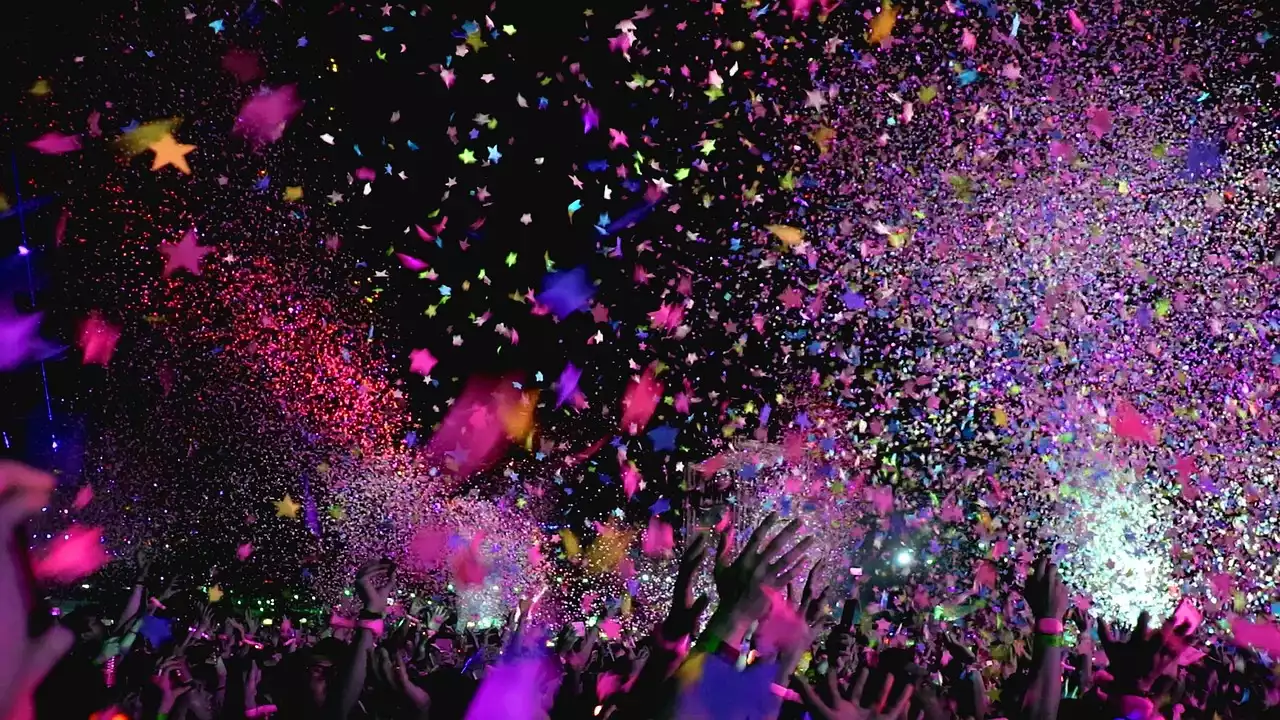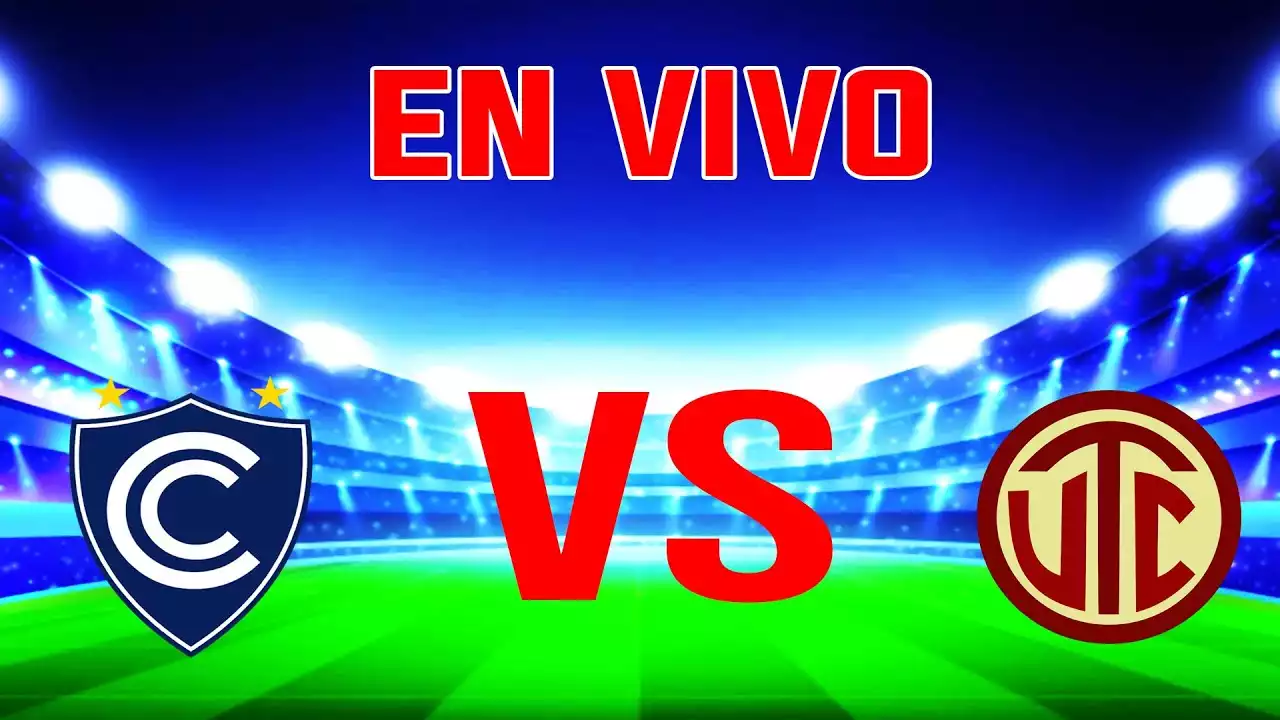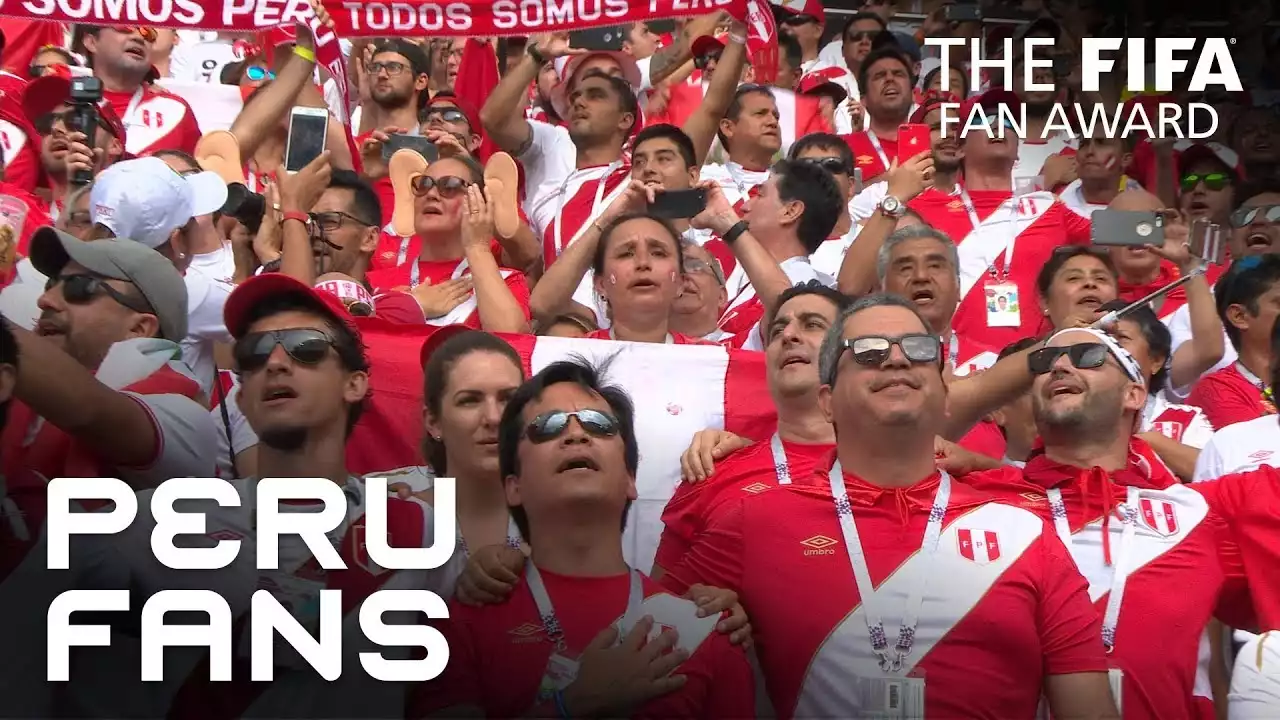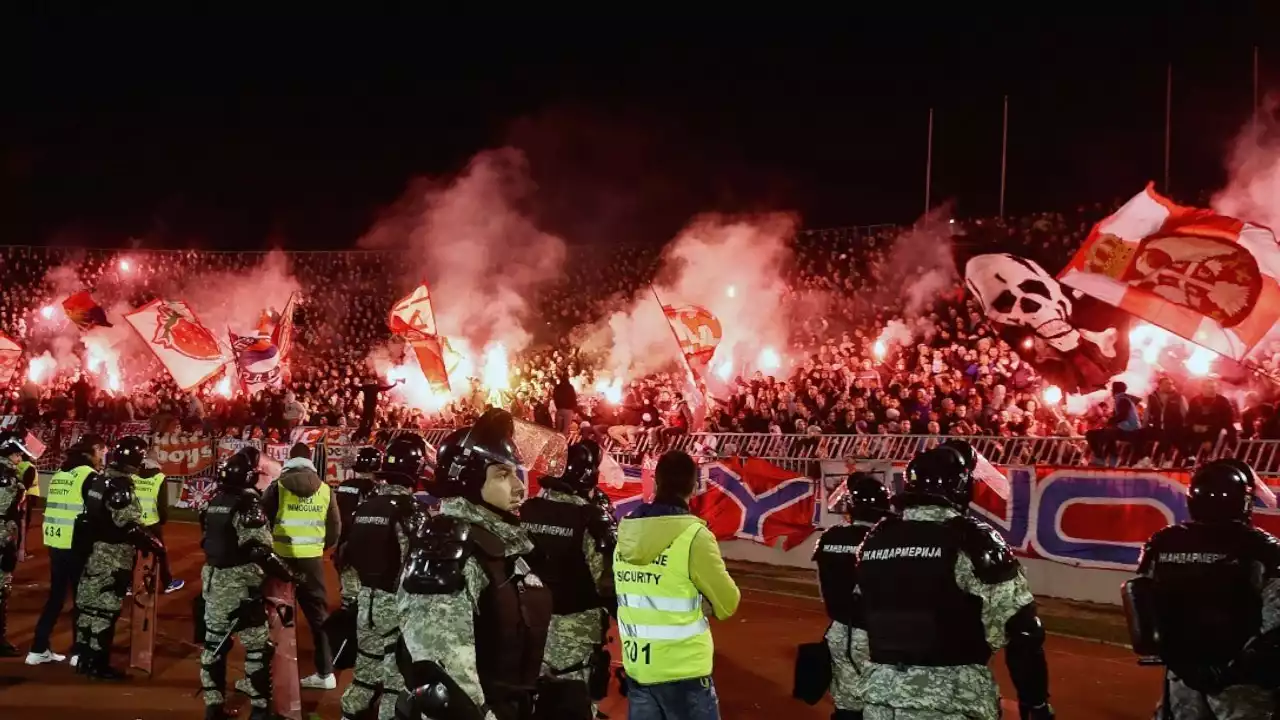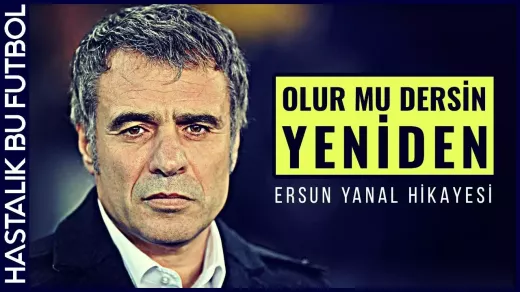Understanding the role of ultra fans in Peruvian football
Ultra fans play a crucial role in Peruvian football, going beyond simply supporting their teams. They are the heartbeat of the clubs, fueling the players with their unwavering passion and dedication. These fans are known for their relentless chants, colorful displays, and unwavering loyalty. They create an atmosphere that transforms the stadium into a cauldron of energy, pushing their teams to perform at their best. The ultra fan culture in Peru is deeply rooted in the country's history and has evolved over time. It is a unique blend of tradition, community, and fierce rivalry. The ultra fans are not just spectators; they are an integral part of the game, shaping the experience for both players and fellow supporters. Their presence and unwavering support have become synonymous with Peruvian football. As the Peruvian Liga 1 continues to grow in popularity, the role of ultra fans becomes even more significant. Their dedication and passion inspire new generations of supporters and create a sense of belonging within the clubs. Let's now explore the history and origins of ultra fan culture in Peru.
The history and origins of ultra fan culture in Peru
The roots of ultra fan culture in Peru can be traced back to the 1970s when organized fan groups started to emerge. These groups, known as barras bravas, were initially formed to support the local clubs and create a sense of identity among the fans. Over time, the barras bravas evolved into ultra fan groups, characterized by their extreme dedication and passion for their teams. The formation of ultra fan groups coincided with a period of political and social turmoil in Peru. The country was going through a challenging time, and football provided an escape for many fans. The ultra fan culture became a way for supporters to express their frustrations, hopes, and dreams, creating a strong bond with their clubs. The popularity of ultra fan groups grew rapidly, and they soon became an integral part of Peruvian football. These groups developed their own unique identities, with each fan club having its own rituals, chants, and symbols. They started to organize themselves, not just to support their teams during matches, but also to engage in social and community activities. The ultra fan culture in Peru became a movement, transcending the boundaries of football.
Famous ultra fan groups in Peruvian Liga 1
Peruvian Liga 1 is home to several famous ultra fan groups, each with its own distinct style and traditions. These groups are known for their unwavering loyalty and passionate support for their clubs. Let's take a closer look at some of the most prominent ultra fan groups in the league. The "Comando Sur" is one of the largest and most influential ultra fan groups in Peru. They are known for their extravagant displays of pyrotechnics and vibrant team colors. The "Comando Sur" has a strong presence in Lima, supporting clubs like Universitario de Deportes and Alianza Lima. Their chants and choreographed displays create an electrifying atmosphere in the stadiums, inspiring both the players and the crowd. Another notable ultra fan group is the "Descentralizados". They are known for their passionate support for clubs outside of Lima, particularly those in the northern regions of Peru. The "Descentralizados" have a reputation for their fiery devotion and intense rivalries with other fan groups. They bring a unique flavor to the Peruvian Liga 1 matches, creating an atmosphere that is unmatched in its intensity. These are just a few examples of the many ultra fan groups in the Peruvian Liga 1. Each group has its own distinctive characteristics and contributes to the vibrant football culture in Peru. The rituals and traditions of these ultra fans are what make them truly special.
The rituals and traditions of ultra fans
Ultra fans in the Peruvian Liga 1 have a rich tapestry of rituals and traditions that define their identity and showcase their unwavering loyalty. These rituals are deeply rooted in the club's history and the fan culture of Peru. Let's take a closer look at some of the most iconic rituals and traditions observed by ultra fans. One of the most recognizable rituals is the "bombardment" of the stadium. Ultra fans use flares, smoke bombs, and fireworks to create a visually stunning display before, during, and after matches. This spectacle not only adds to the atmosphere but also serves as a symbol of the fan's commitment to their team. Chants and songs are another essential part of the ultra fan experience. These chants are often creative, witty, and filled with passion. Ultra fans spend hours perfecting their chants, ensuring that they are both catchy and representative of their club. The chants create a sense of unity among the supporters and serve as a way to intimidate the opposing team. Tifo displays are also a significant part of ultra fan culture. These meticulously choreographed displays involve large banners, flags, and mosaics that are unfurled in the stands during matches. Tifo displays often depict iconic moments in the club's history or send a powerful message of support to the players. These displays require careful planning and coordination, showcasing the dedication and creativity of the ultra fans. These are just a few examples of the many rituals and traditions observed by ultra fans in the Peruvian Liga 1. These customs are what make the ultra fan culture in Peru so distinctive and captivating. They add an extra layer of excitement and intensity to the matches, creating an unforgettable experience for both the players and the spectators.
Impact of ultra fans on the atmosphere at matches
The impact of ultra fans on the atmosphere at matches cannot be overstated. Their unwavering support and passionate chants create an electrifying atmosphere that transforms the stadium into a cauldron of energy. The players feed off this energy, and it often translates into improved performance on the field. The presence of ultra fans in the stands also has a psychological impact on the opposing team. The relentless chanting, colorful displays, and overall intensity can unsettle even the most experienced players. Ultra fans create an atmosphere that is both intimidating and inspiring, making it difficult for the opposing team to maintain focus. Beyond the immediate impact on the players, ultra fans also contribute to the overall fan experience. Their vibrant displays and passionate support create a sense of unity among the supporters. The chants and rituals of ultra fans serve as a rallying cry, bringing fans together and creating a strong sense of belonging within the club. The atmosphere created by ultra fans extends beyond the stadium. It permeates through the entire football culture in Peru, inspiring new generations of supporters and keeping the passion for the sport alive. The impact of ultra fans goes far beyond the 90 minutes on the field; their influence is felt throughout the entire football community.
Controversies and challenges faced by ultra fans
While ultra fans are an integral part of the Peruvian Liga 1, they have also faced their fair share of controversies and challenges. One of the main issues is violence and hooliganism associated with some fan groups. Instances of clashes between rival fan groups or confrontations with the police have tarnished the image of ultra fans. To combat these issues, clubs and authorities have implemented various measures to ensure the safety of fans and players. Security measures, such as increased police presence and stricter stadium regulations, have been put in place to prevent violence. Additionally, fan clubs themselves have taken steps to promote a more positive and inclusive fan culture, discouraging violent behavior. Another challenge faced by ultra fans is the stigma associated with their passionate support. Some critics argue that ultra fan culture promotes hooliganism and distracts from the sport itself. However, many supporters argue that ultra fans are simply expressing their love for their team and contributing to the vibrant atmosphere of the game. Overall, while there are controversies and challenges, ultra fans continue to play a vital role in Peruvian football. Their unwavering support and passion are what make the matches in the Peruvian Liga 1 truly special.
How ultra fans support their clubs beyond the stadium
Ultra fans' support for their clubs extends far beyond the confines of the stadium. These dedicated supporters are involved in various activities that contribute to the growth and success of their teams. One way ultra fans support their clubs is through merchandise sales. Ultra fan groups often produce and sell their own branded merchandise, including scarves, t-shirts, and flags. These sales help generate revenue for the clubs and also serve as a way for fans to showcase their loyalty and support. Ultra fan groups also organize community events and social initiatives to give back to their communities. They regularly participate in charity drives, organize blood drives, and support local causes. These activities not only strengthen the bond between the fans and the club but also make a positive impact on society. Additionally, ultra fans are active on social media platforms, where they promote their teams, share news, and engage with fellow supporters. They create a sense of community online, connecting fans from different parts of the country and even around the world. Ultra fans are not just spectators; they are active participants in the success of their clubs. Their unwavering support goes beyond the 90 minutes on the field, and they play a crucial role in the growth and development of Peruvian football.
The future of ultra fan culture in Peruvian Liga 1
As the Peruvian Liga 1 continues to grow and evolve, the future of ultra fan culture remains bright. The passion and dedication of these fans are what make Peruvian football unique and captivating. Despite the challenges and controversies, ultra fans continue to inspire new generations of supporters and contribute to the vibrant football culture in Peru. The future of ultra fan culture lies in the hands of the fans themselves. It is up to them to shape the direction of the movement, ensuring that it remains positive, inclusive, and focused on supporting their teams in the best possible way. With the right leadership and a commitment to promoting a safe and welcoming fan culture, ultra fans will continue to be an integral part of Peruvian football for years to come.

